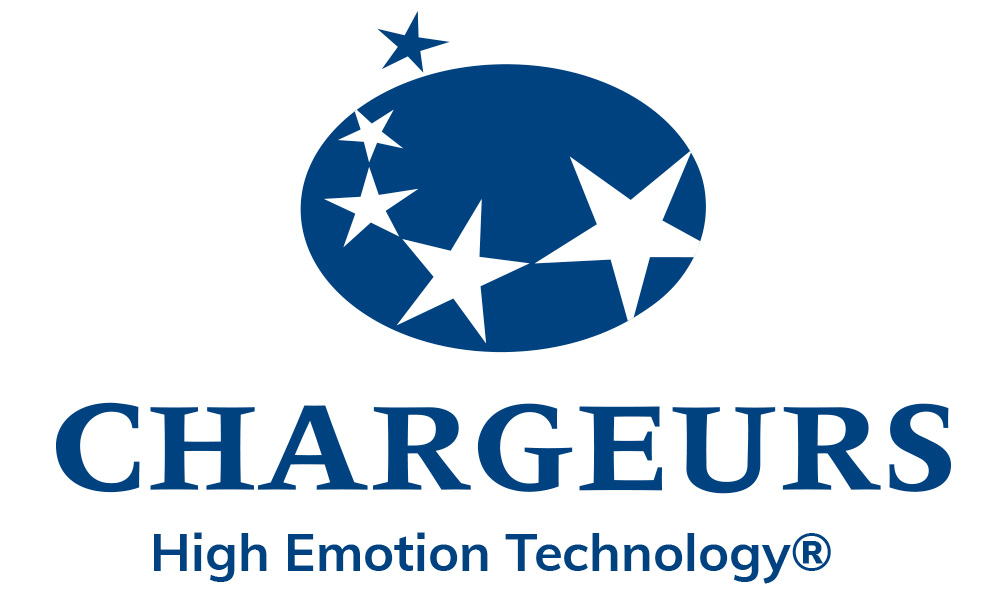Mitigating Climate change Impact
Chargeurs is aware of its impact on climate, so the importance to minimize its carbon footprint that is mostly associated to the energies consumed by our sites, and to the raw materials (or semi-manufactured items) purchased to operate.
To support our environmental commitment, the Group has established a complete carbon footprint since 2021 (Scope 1, 2 and 3). This work has been updated and improved each year. This will allow us to define a science-based climate trajectory for the Group and the main business units.
In parallel, we will start preparing ourselves to evaluate our sites exposure to climate physical risks, such as heat wave or flooding, as it is key for our workers and our clients’ interest.
The Group Chargeurs is determined in 2024 to:
- mobilize our employees to save energies, preseserve resources and protect biodiversity, since all these contribute to reduce the pressure on climate
- consolidate this major pillar of CSR strategy, the climate, by defining a trajectory of reduction of our emissions
- identify the main actions to implement and plan in advance to reduce our impact and adapt our sites,
The graphs below provide first an overview of the greenhouse gas emissions (GHG) emitted in 2022.
For 2023, we can noted a reduction of our GHG emissions related to energies consumed by our industrial sites, compared to 2022 . The cause is double: the slowdown in production and the efforts in terms of energy efficiency of our sites.


Promoting Circular economy
Chargeurs continues ongoing work on integrating environmentally and health-friendly materials throughout the production chain. The results of these efforts are partly illustrated in our virtuous revenue (see the ‘Business Model’ axis in the CSR strategy).
At Chargeurs Advanced Materials, green chemistry is thus a strong development challenge in the premiumization of our offer.
Chargeurs PCC Fashion Technologies has developed Sustainable 360™, a range of responsible interlinings made with eco-friendly materials, including recycled polyester (GRS labeled), solution-dyed yarn that allows for reduced water consumption, BCI cotton, hemp, responsibly sourced Ecovero viscose, and bio-based polyamides, mostly coming from SMETA audited suppliers.
Furthermore, overall waste production decreased by 11% between 2022 and 2023. This reduction is linked to a decrease in production but also to various actions taken. Thus, at Novacel Cranbury, efforts at the production level have led to a 28% reduction in waste.

Protecting Biodiversity
With its strong environmental commitment, the NATIVA™ Regen range from Chargeurs Luxury Fibers has gone further by developing a regenerative agriculture program.
The goal is to enhance the requirements for sustainable agricultural practices and animal welfare by reverting to traditional farming methods. More specifically, it aims to improve water quality and increase CO2 capture levels compared to the baseline levels of each farm.
NATIVA™’s regenerative practices such as planned grazing contribute to land restoration, improve soil health and microbiology by ensuring that nutrients are retained in the soil matter. They are thus more protective of biodiversity.
Nativa™ Regen notably works with farmers in Australia, leaders in regenerative practices for over 15 years, as well as with a transition program to regenerative agriculture in Uruguay and Argentina, supporting farmers and surrounding communities in collaboration with leading organizations such as Quantis, Uruguay’s agricultural research organization (INIA), and agricultural experts from Lanas Trinidad.


